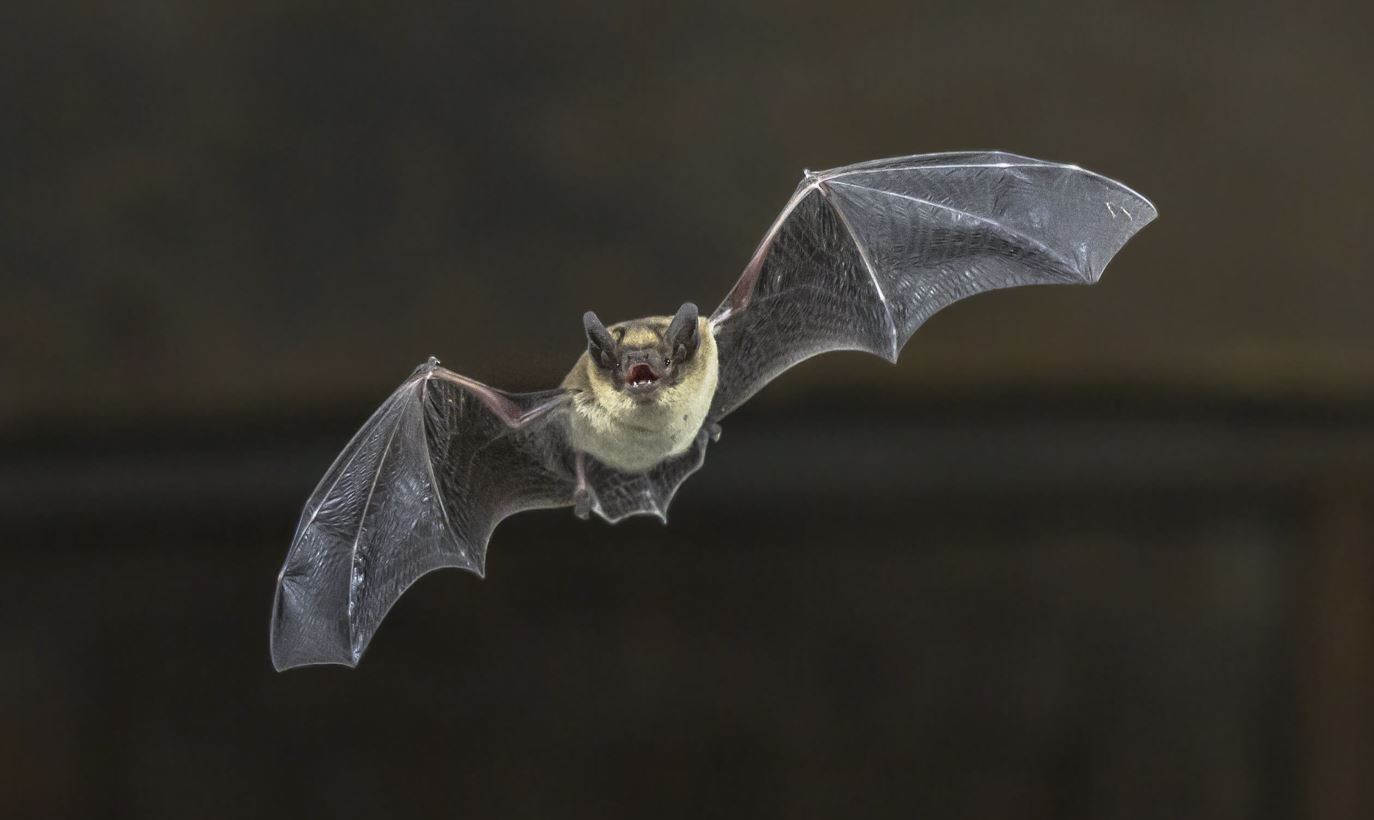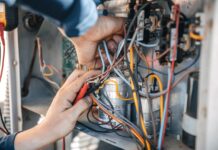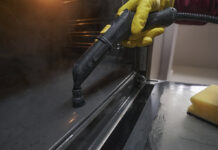Are there bats in your area? Bats are common in suburbs and cottage country. When they need a place to stay, they come sneaking into the attic, where they make an irreparable mess of feces. Bat feces, or guano, is terrible for your attic’s insulation. It will contaminate the air in your home and cause terrible odours. Bats also risk carrying the Rabies virus, so it is best that you keep them out.
While they may have a spooky reputation, bats are essential members of the ecosystem. They’re pest control experts! Bats eat hundreds of mosquitoes every night, and their droppings fertilize the earth. Nectar-feeding bats pollinate hundreds of plants including bananas, peaches, and mangoes. These are fascinating creatures that do not belong in the home, but they should be excluded safely. Bats are a protected species in most countries.
Where do bats come from?

Depending on the species, bats live in caves, tree hollows, and rock crevices. They usually prefer to roost away from human beings, where they can sleep peacefully during the day. Bats that feed on insects, like the brown bat, are often found in forested areas near bodies of water.
Invasions into the attic often happen because a bat colony was disturbed. Deforestation or fire, for example, will force a colony to find a new place to live. Colonies may also grow too large, which prompts them to expand into new homes. Bats use echolocation, which helps them find hidden openings into the attic, such as a gap between the soffits and the outer walls of the home. Sneaky!
How do you get rid of them?
Because bats are a protected species, you should get the help of a professional wildlife technician. Professionals remove bats humanely, using what is called a one-way door. The bat one-way door is a specialized piece of equipment that fits onto the bats’ entry point and that lets the animals leave safely. They simply fly out at dusk, when they want to feed, and are blocked when they want to return. The door only functions one way.
Hiring a professional has other benefits as well. A trained technician can find the entry point for you and identify the species that is in your attic. He or she can also let you know if it is a safe time of year to evict the bats. Bats have a mating season, and it is inhumane to evict them when their babies are too young.
How to Keep Bats Out
If you want to avoid a bat problem, or keep bats out for good, try the following.
Seal entry points
Using a silicone caulking, seal any gaps you find between your soffits and the walls of your home. Bats are very small, so be sure to seal any gap that is one quarter of an inch or more. Check the edges of your roof and close any gaps you find with metal flashing or a narrow mesh. If you can access the roof, cover your vents with a quarter inch mesh to keep bats and other animals out, like squirrels and raccoons.
You can either do this yourself or have a wildlife technician bat-proof the home for you. Accessing the roof can be tricky, and you risk trapping animals inside the attic without a proper inspection. Look for a company that specializes in bat removal and exclusion.
Get a bat house
If you want to keep bats out of the attic, but you’re concerned about the wildlife in your area, get a bat house. Bat houses are like large bird houses, which you affix to a tree or side of the house. Bats that come looking for a place to rest with roost inside. This will help protect your home from an invasion while helping out the local fauna.















